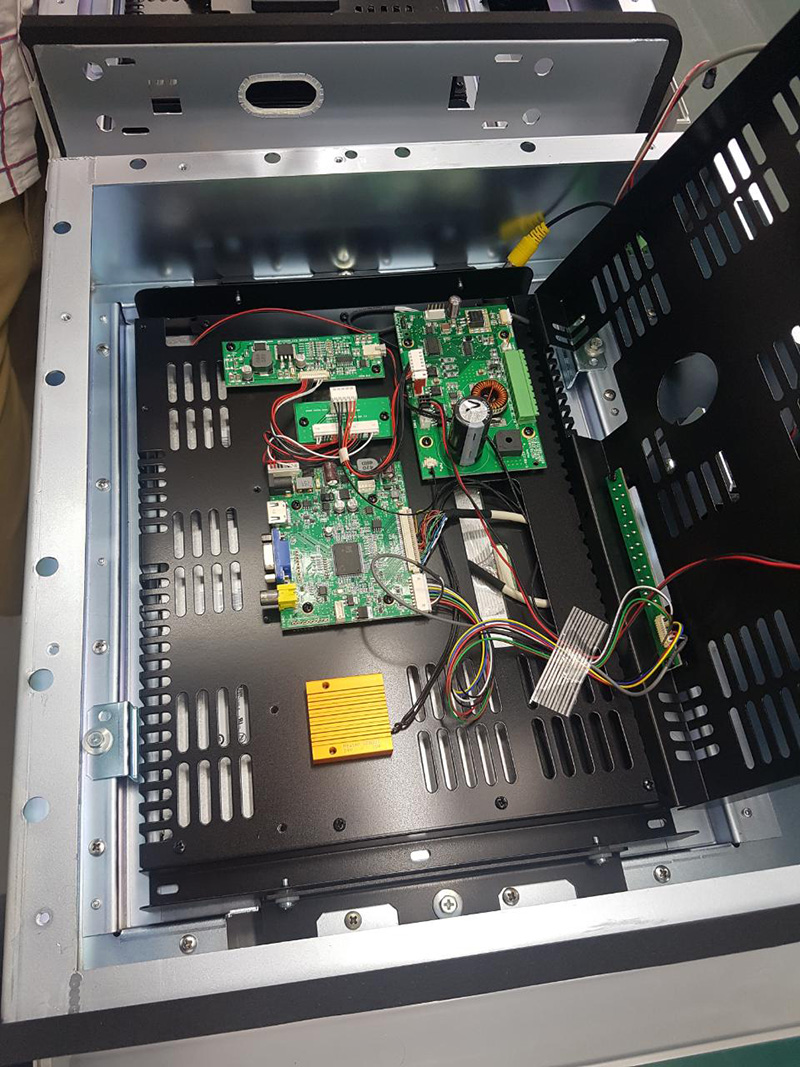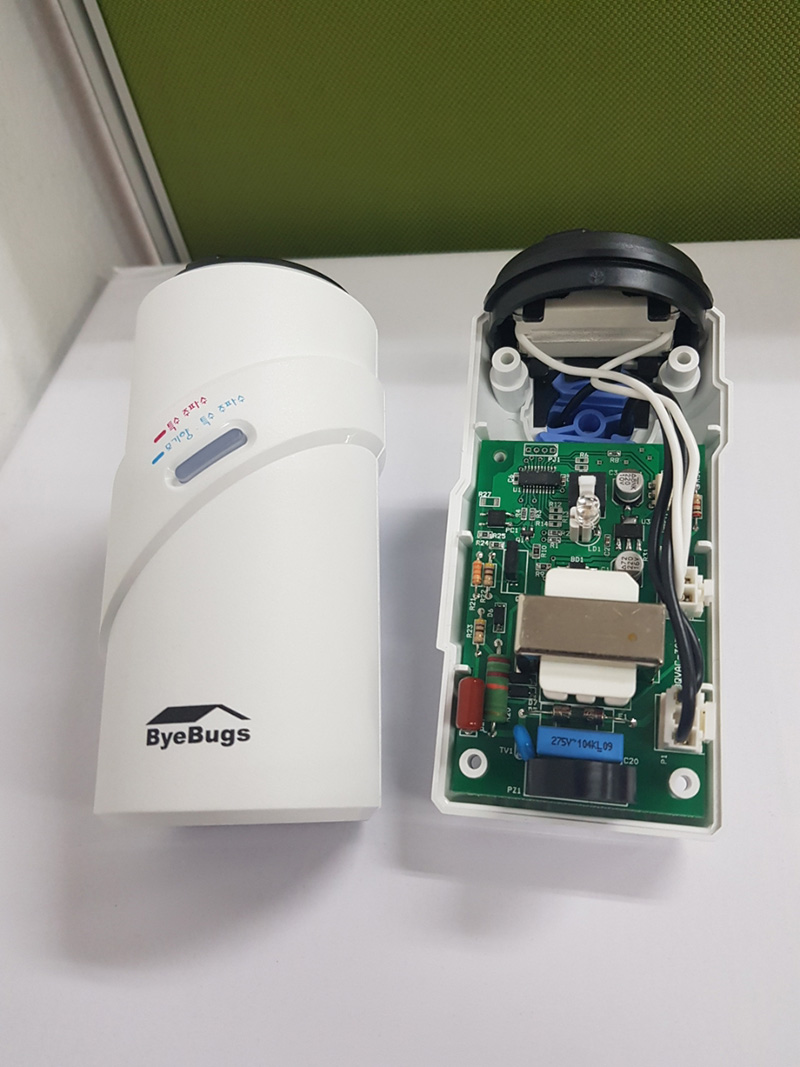Taking advantage of TCR for simple, accurate heating
Taking advantage of the temperature coefficient of resistance in metals can result in elegant, cost-effective and innovative responses to engineering challenges that involve heating or precision temperature sensing.
By Phil Ebbert, VP of Engineering, Riedon
The resistivity of a wire and its temperature are known to be interdependent. Although often causing unwanted effects in electrical equipment, this interdependency can also be exploited to generate heat in a way that can be easily controlled.
With a little engineering at the component level, we can build compact, self-contained heaters that take advantage of the wire’s natural positive temperature coefficient to stabilise the temperature with no need for feedback or thermostatic control circuitry.
Designing with PTC Heaters
Using our expertise in creating precision resistive products, we have created a range of miniature Positive Temperature Coefficient (PTC) heaters that can be connected directly to DC voltages commonly available inside electronic enclosures and cabinets, such as 24V and 12V. 80-230V devices are available too. Designed to heat quickly to a temperature in the region of 100 to 125°C, they are easy to use for purposes such as condensation or frost prevention in electrical or optical equipment used outdoors. Other applications include miniature sample incubators for the life-sciences industry and home insect zappers.
The beauty of PTC heaters is their simplicity. With no moving parts and few connections, they can be extremely rugged and withstand high levels of shock and vibration. Moreover, with no need to arrange closed-loop feedback using a temperature sensor, and no need for a thermostatic controller that must be calibrated prior to shipping, a PTC heater can save bill-of-materials costs and product-setup overheads. Making the initial selection of a PTC heater for a given application is quite simple:
- Choose the operating voltage to run off the intended power rail
- Choose the resistance value according to the desired temperature
Riedon’s PTCA and PTCB heater series give a choice of four standard resistance values, which makes for a straightforward selection process. We can also produce custom resistance values to satisfy specific application requirements.

Figure 1. The PTCA heater prevents condensation forming on the camera lens. (image courtesy of KT&C)
The view inside the surveillance camera shown in figure 1 demonstrates how Riedon helped a customer engineer a simple solution to a common thermal challenge; to prevent condensation forming on either the camera lens or the plastic cover. This ensures the camera can be deployed outdoors and capture usable images at all times, particularly when the ambient temperature falls below dew point. In the picture, a Riedon PTCA heater can be seen attached against the inside of the enclosure, mounted vertically.
Although the heater is required to warm the internal space, a proportion will escape through the walls to the outside. This heat flow is quantified in a basic thermodynamic equation:
Joules/second (Watts) = k x A x (Ti - Te)/d
Where k is the thermal conductivity of the enclosure material in W/m.K, d is the enclosure-wall thickness, and Ti and Te are the internal and external temperatures.
This equation might give some idea of the electrical power required to maintain a desired internal enclosure temperature. On the other hand, in this application, the exact temperature inside the enclosure is not important; the aim is simply to prevent condensation forming on the lens components, not to heat the entire space . The desired performance is achieved through a combination of component selection and positioning the heater within the enclosure to maintain the camera lens and cover at a suitable temperature.
Note also that the type of enclosure material and the thickness can be engineered to influence the internal temperature. A thermal insulating layer could be inserted between the heater and its mounting against the enclosure wall, to minimise heat loss. In other applications a heat spreader may be used to distribute heat throughout an enclosure; the properties of any thermal interface material (TIM) between the heater and heat spreader could be adjusted to fine-tune the temperature at a desired location. Riedon PTCA and PTCB heaters are designed with a large flat surface that assists attachment of a heatsink if required.

Figure 2. A PTCB Heater protecting electronic components against condensation. (image courtesy of Vision Blue)
Figure 2 shows another application, where a larger PTCB heater is attached directly on a metal chassis to prevent condensation on components in an electronics cabinet exposed to outdoor temperatures. The power rating and positioning of the heater is optimised in relation to the thermal properties of the cabinet, to ensure the circuit boards remain dry without becoming overheated.
The thermal bug zapper in figure 3 shows a further interesting use case for PTC heaters. Conventional bug zappers are unsightly and intrusive; not a problem in a factory or warehouse but not desirable in the home. On the other hand, bug repellent or toxic sprays are unpleasant when used indoors. We helped this customer create a discrete and effective zapper using one of our PTCA heaters to establish an effective temperature at the active surface. The end product is unobtrusive and quiet, and can be used safely in a domestic or office environment.

Figure 3. The PTC heater enables a novel and unobtrusive solution to bug control. (image courtesy of Bluetec).
Conclusion
Riedon’s thermal solutions leverage the company’s expertise in designing and customising specialist resistive products to meet exacting application requirements.
Resistive heaters such as the PTCA and PTCB series utilise simple physical principles, making them perfect for applications that need to have some control over temperature without the complexity of a conventional temperature-control system. They are easy to operate, compatible with DC supply voltages likely already available within the system and relatively easy to install requiring just a couple mounting screws and two electrical connections.
Device selection is straightforward, choosing from a small number of standard part numbers, and there is almost limitless flexibility to achieve the desired heating effect by adjusting its position, heatsinking/spreading, and use of thermal interface materials. For simple and effective heating, positive temperature coefficient heaters are hard to beat.










